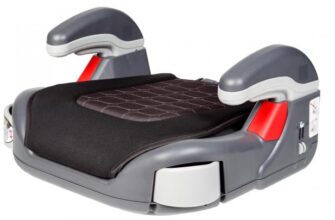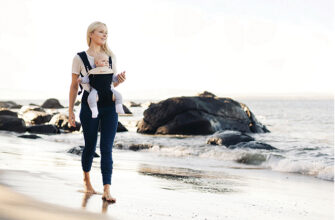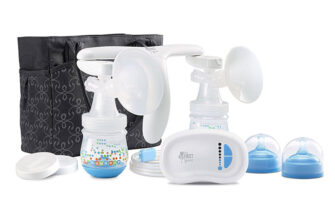The skin has its limits of elasticity. During pregnancy, these limits are violated and reddish or purple stretch marks form. Over time, the color fades, but scars remain. Stretch marks can be prevented with special cosmetics.
What to look for when buying a cream for stretch marks
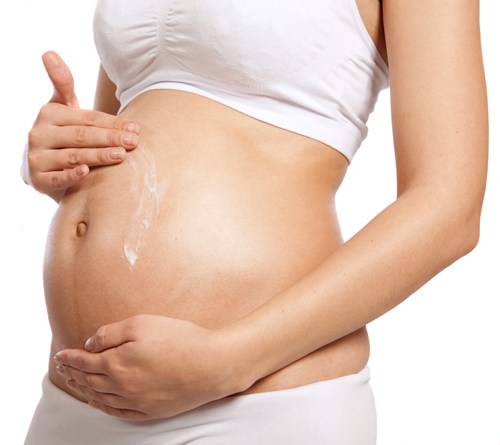
Cream composition
The best creams for stretch marks are products with a high level of hydration. They must easily penetrate and nourish the skin in order to maintain its natural elasticity even in extreme conditions. This reduces the likelihood of stretch marks.
The cream should contain compounds that moisturize the skin, improve cell metabolism and increase firmness. It is desirable that it include:
-
Natural oils. Moisturize the skin, stimulate cell regeneration, and increase metabolism. These can be almond and argan oils, lustrous oil, wheat germ, avocado, cocoa, shea, soybean and olive oils.
-
Vitamin E and C. Help the body produce collagen.
-
Glycolic acid. Improves collagen production, reduces stretch marks.
-
Lanolin. Easily penetrates the skin, saturates the upper layer of the epidermis and reduces moisture evaporation.
-
Coenzyme Q10. Improves the elasticity of the upper layers of the epidermis and cell function.
-
Elastin and collagen. Renew the skin, increase its elasticity.
-
Amino acids. They help to repair skin tissue by being the 'building blocks' of elastin and collagen.
The cream should not contain:
-
Retinoids – analogs of vitamin A (for example, Tretinoin and Adapalene). They should not be used while carrying a baby or breastfeeding. Retinoids can lead to birth defects in the fetus.
-
Synthetic substances (parabens, toluene, mineral oils, fragrances, sulfates and petroleum products). These substances can negatively affect the health of the child.
Application period
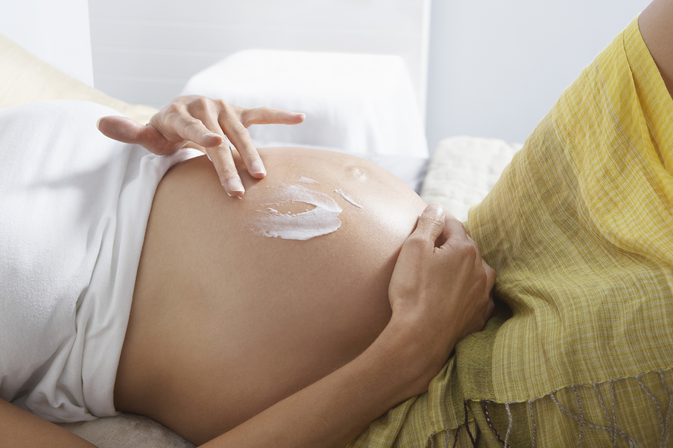
Remedies for stretch marks can be used in the prenatal period, usually from the second or third month of pregnancy, and in the postpartum period. Some creams are suitable for both pregnant women and nursing mothers.
Antenatal application of the cream is usually aimed at reducing the stretching of the skin. Postpartum masks and reduces stretch marks, tightens the skin.
Use the product only for the specific period of time specified in the instructions.
Hypoallergenic
The risk of developing allergies when using the cream should be minimal. Therefore, choose products marked 'hypoallergenic'. Even so, they can cause discomfort. The reason may be individual intolerance to one of the components of the cream.
Before buying a cream, use a probe and do a 'sensitivity test'. Apply a drop of the product to the crook of your elbow and wait. In the absence of an allergic reaction, the product can be purchased.
What else you need to know about stretch marks cream
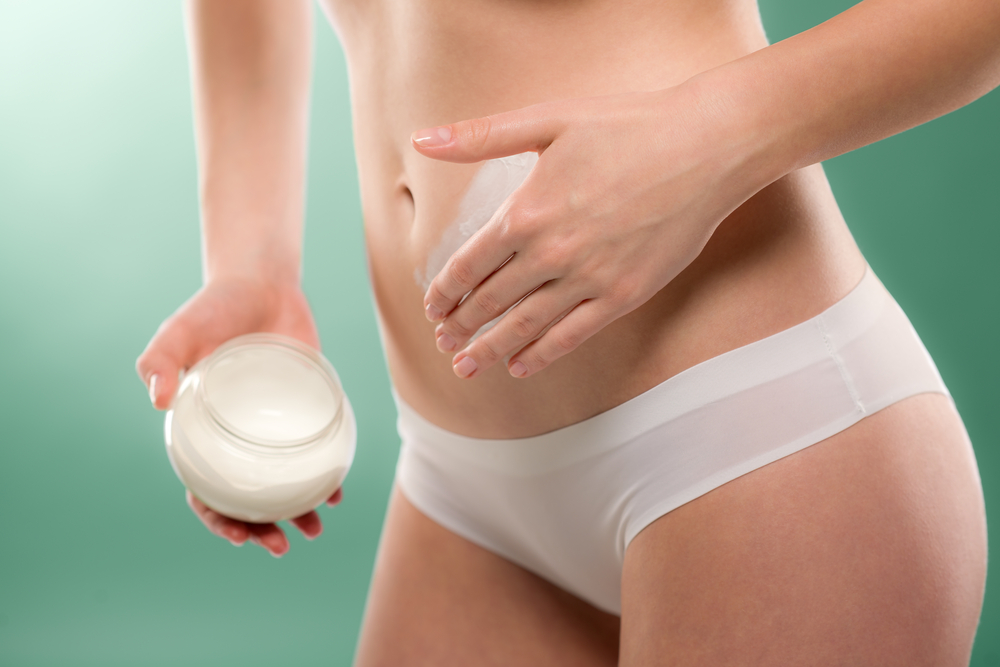
-
Do not believe in flashy advertising slogans. None of the remedies guarantee 100% relief from old stretch marks. It can only reduce their size and prevent the formation of new ones.
-
Treat all problematic parts of the body: chest, abdomen, thighs, buttocks.
-
Buy products marked 'maternity'. Common creams for stretch marks often contain retinoids, which are dangerous for the fetus.
-
Some products have a persistent and strong odor that can be irritating during pregnancy. As a result, the product is sent to the trash heap. Therefore, choose products with a weak or neutral scent.
!
In the next article, our experts will tell you how to choose the right breast pump.
Attention! This material is the subjective opinion of the authors of the project and is not a purchase guide.




